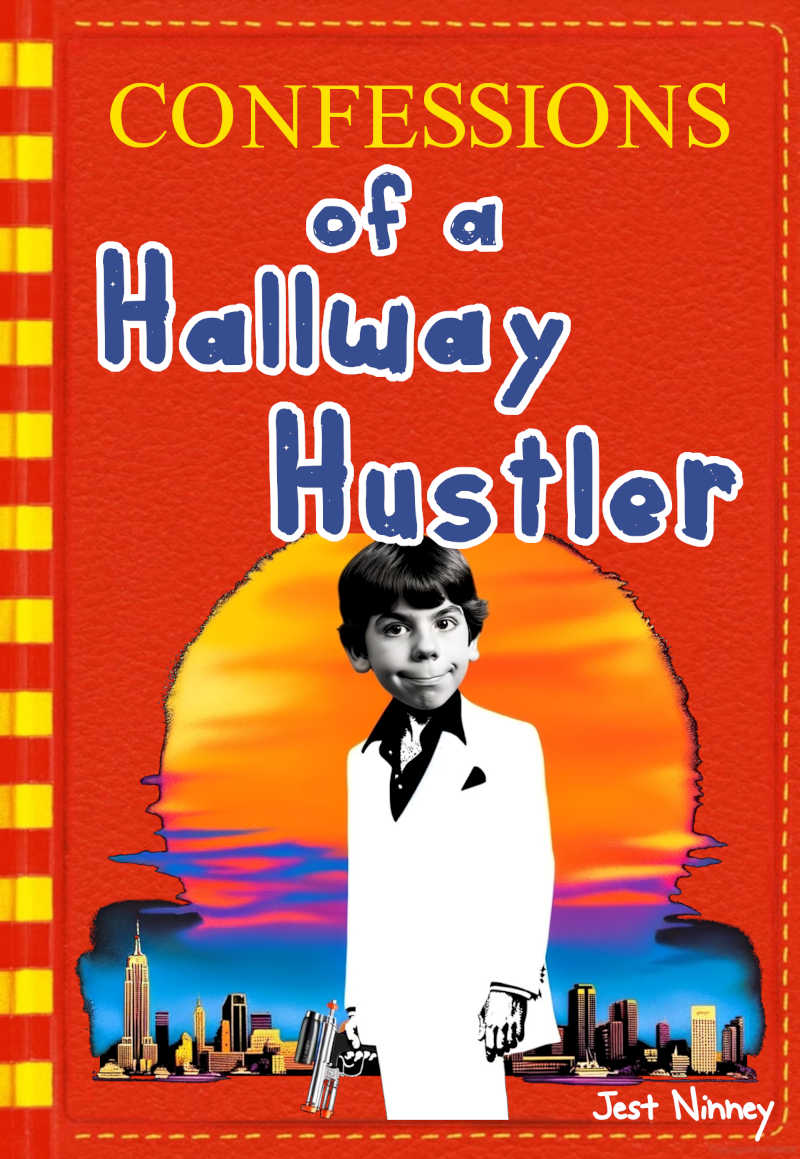Introduction
Parody journalism is a unique form of media that uses satire and humor to comment on real-world events. With roots in early forms of satire and parody found in literature and theater, this genre has carved out a significant space in modern culture.
This article aims to offer a comprehensive look at parody journalism, exploring its history, key examples, techniques, and its impact on society.
History of Parody Journalism
Parody journalism can trace its origins to early forms of satire and parody in literature and theater. Satirical plays in ancient Greece and the political cartoons of the 18th and 19th centuries laid the groundwork for what would become parody journalism.
Key milestones include the founding of “The Onion” in 1988 and the launch of “The Daily Show” in 1996, both of which have had a profound impact on the genre.
Characteristics of Parody Journalism
Parody journalism is defined by several common traits:
- Exaggerated Headlines: These headlines often use hyperbole to draw attention and set the comedic tone.
- Fictional Stories Based on Real Events: Parody journalism takes real-world events and adds a fictional twist, often to expose the absurdity or hypocrisy involved.
- Satirical Commentary: These pieces often include commentary that critiques societal norms, political decisions, or cultural trends.
Unlike traditional journalism, which aims to inform, or other forms of satire, which may not focus on current events, parody journalism combines elements of both to both entertain and offer critique.
Key Examples of Parody Journalism
“The Onion“
Founded in 1988, “The Onion” is perhaps the most well-known example of parody journalism. It has successfully used satire to comment on everything from politics to technology, and its unique style has influenced many other parody journalism outlets.
“Private Eye“
“Private Eye” is a British satirical and current affairs news magazine founded in 1961. It combines humor with investigative journalism, making it a unique example of how parody can coexist with more traditional forms of reporting.
“The Daily Show“
Originally launched in 1996, “The Daily Show” is a television program that incorporates elements of parody journalism. While it features interviews and segments like a traditional news show, it uses satire and humor to examine current events.
Techniques Used in Parody Journalism
Creating effective parody journalism involves various techniques:
- Irony: Using language to indicate an opposite meaning than what is stated.
- Hyperbole: Exaggeration used for emphasis or effect.
- Juxtaposition: Placing two contrasting things together to highlight their differences.
Visual elements like cartoons or manipulated images also play a crucial role in enhancing the impact of the parody.
Ethical Considerations
Parody journalism walks a fine line when it comes to ethics. While its primary aim is to entertain and critique, there is a potential for misinformation, especially when articles are taken out of context or misunderstood. Instances where parody journalism has been mistaken for real news raise questions about its ethical implications.
Cultural and Social Impact
Parody journalism serves as a powerful form of social commentary. By critiquing politics, culture, and even other media, it encourages readers to question the world around them. It has a role in shaping public opinion and can serve as a catalyst for discussions on various issues.
Criticisms and Controversies
Despite its popularity, parody journalism has its critics. Some argue that it trivializes serious issues, reducing them to jokes and thereby diluting public discourse. Others point out the potential for confusion, especially when parody articles are shared on social media without context. Legal controversies, such as defamation cases, have also arisen, challenging the boundaries of satire and free speech.
Conclusion
Parody journalism is a complex and multi-faceted form of media that combines elements of traditional journalism with satire and humor. While it offers valuable social commentary, it is not without its ethical dilemmas and criticisms.
Further Study
- “Satire and Dissent: Interventions in Contemporary Political Debate” by Amber Day, Indiana University Press, 2011.
- “The Onion and Philosophy: Fake News Story True, Alleges Indignant Area Professor” edited by Sharon M. Kaye, Open Court, 2010.
- “Is Satire Saving Our Nation? Mockery and American Politics” by Sophia A. McClennen and Remy M. Maisel, Palgrave Macmillan, 2014.

